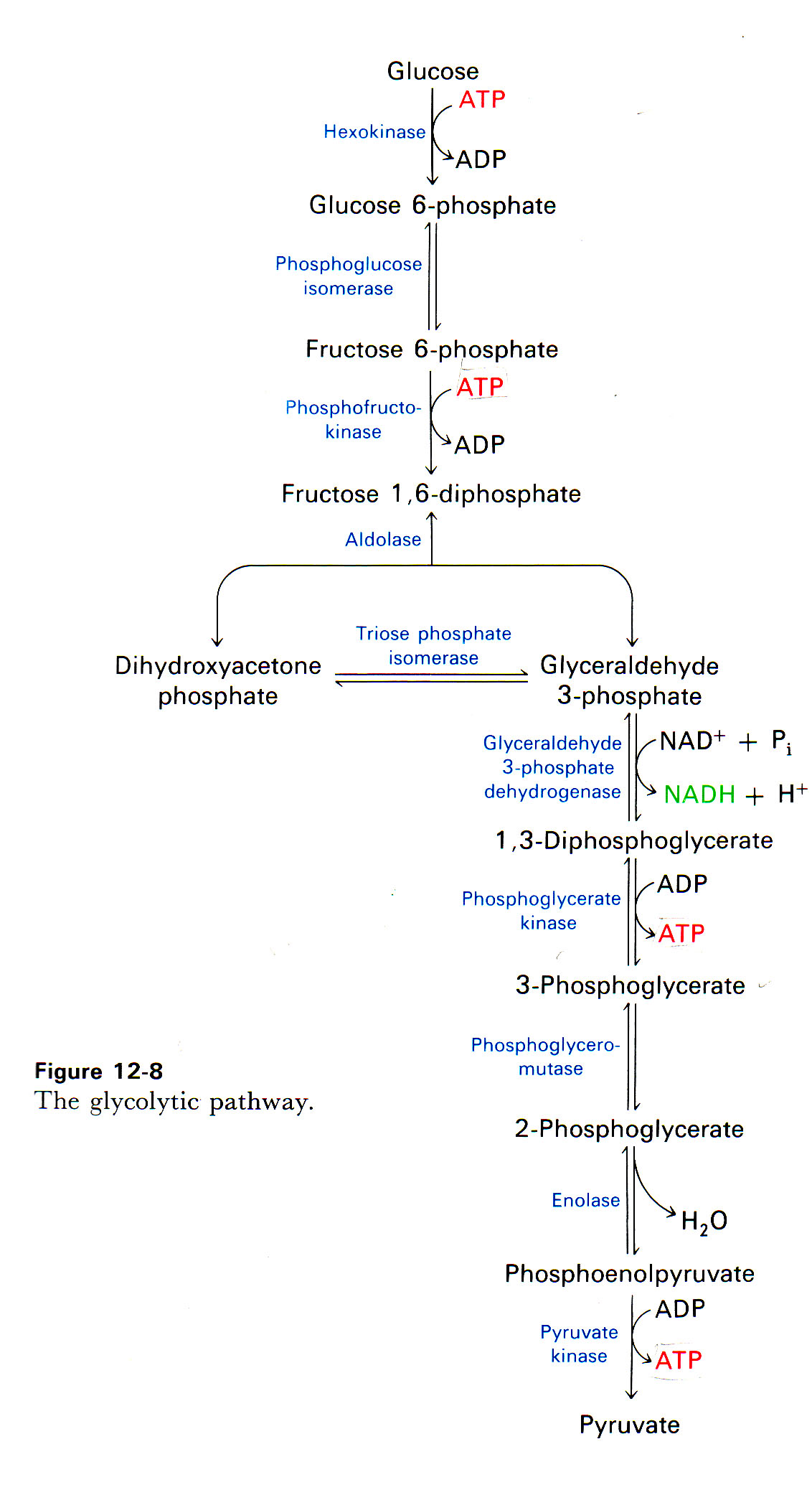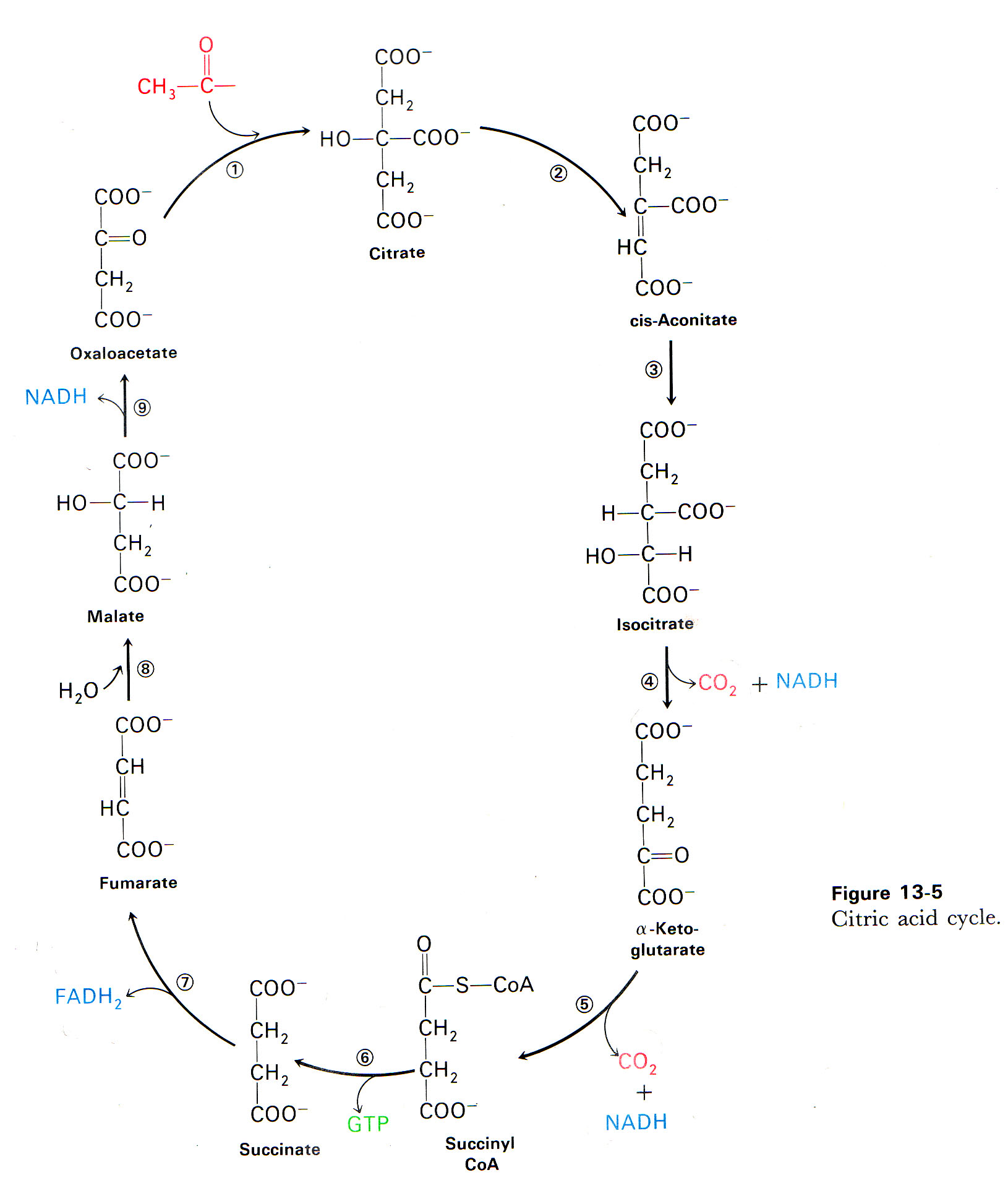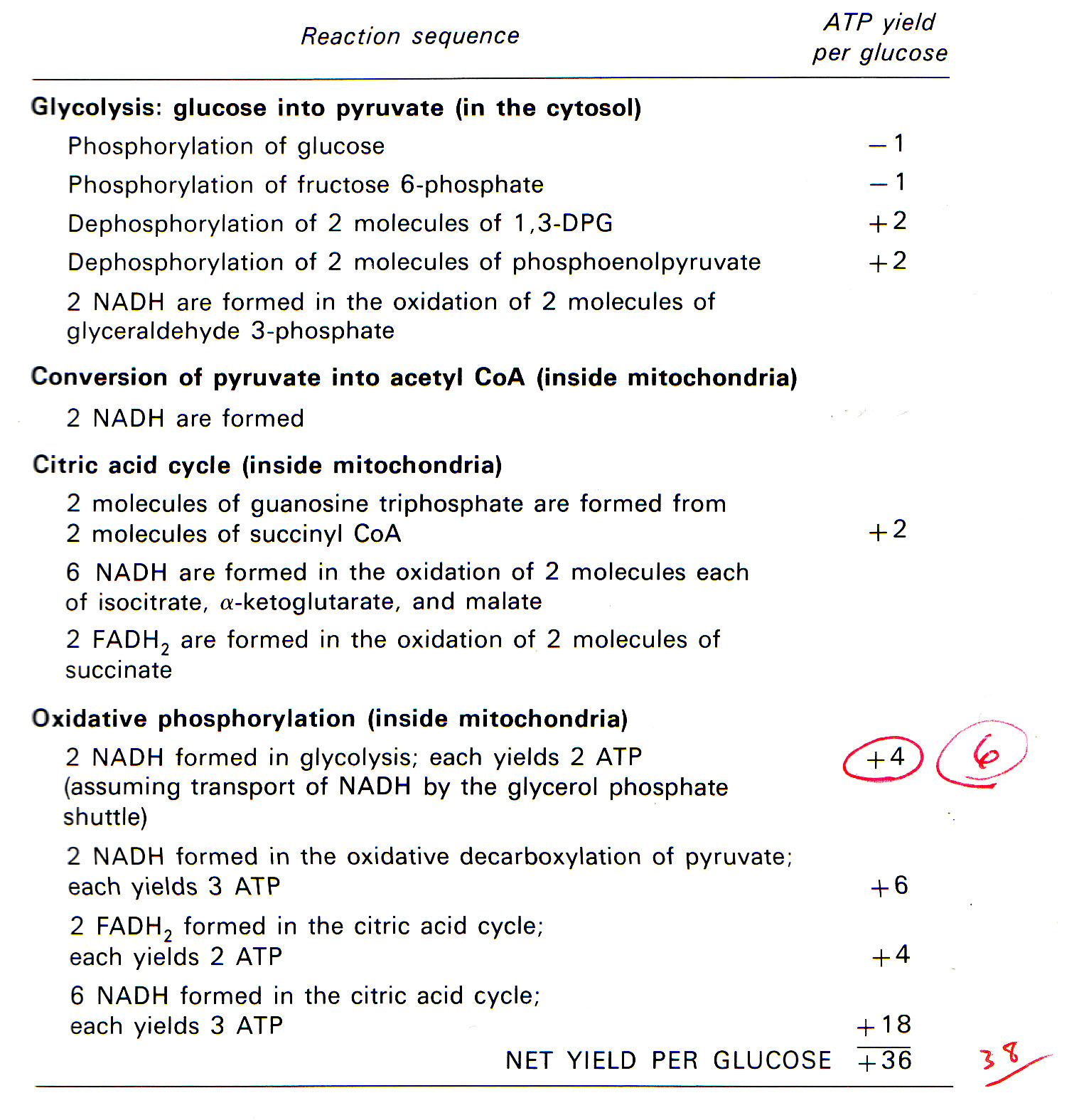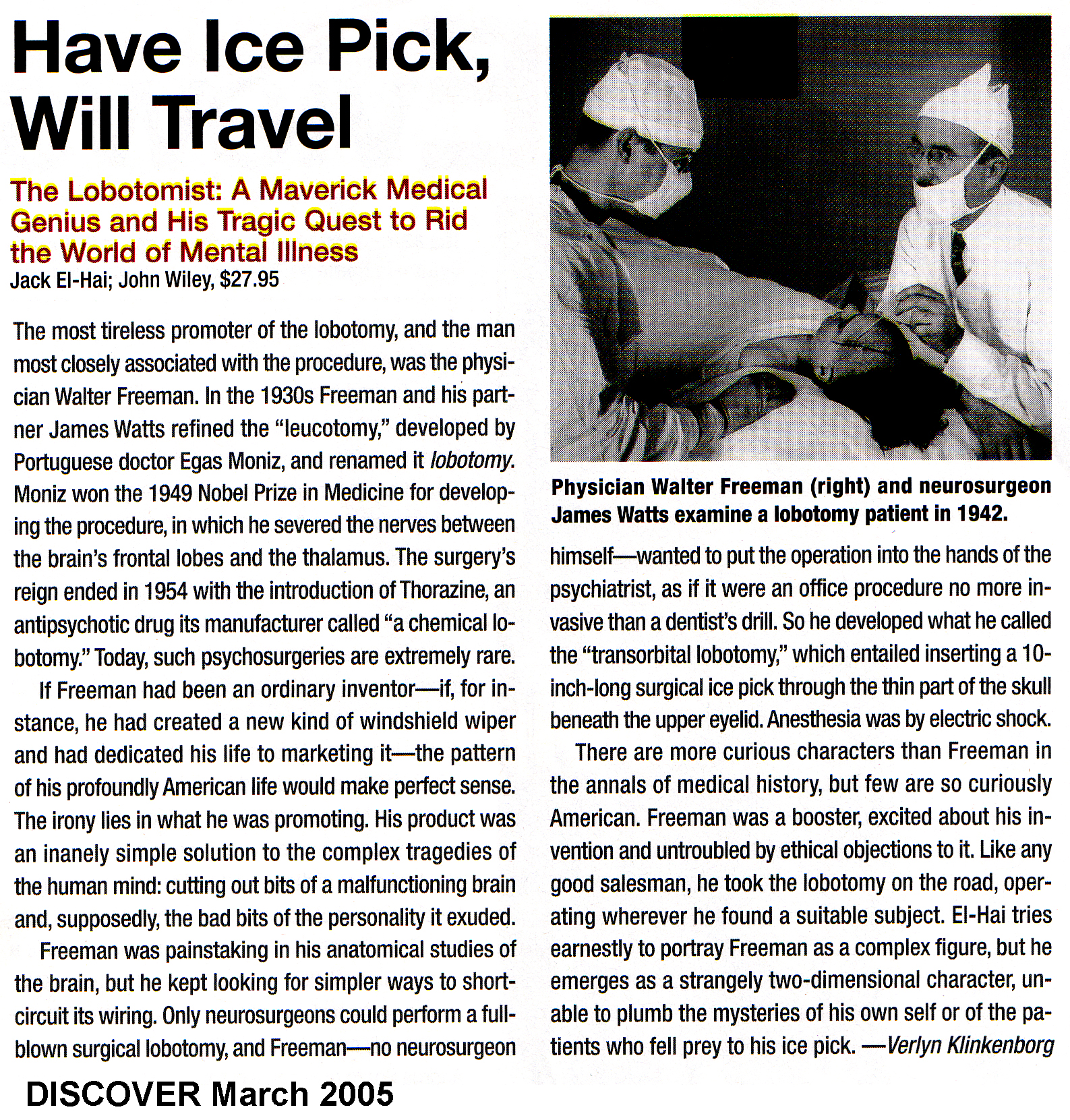|
COURSE OUTLINE
(download PDF, MS
word) (updated version PDF, MS word)
BIO 137: J020, J021, J022
Summer II 2010
Tentative Course Outline
Date
Topic
__________Chapter/Assigned Reading
Jun 23
Introduction/Human Body Orientation
1
(podcast 06232011A, 06232011B; ECHO 06232011A, 06232011B)
27
Human Organism/Chemistry
1/2
(podcast 06272011A, 06272011B; ECHO 06272011A, 06272011B) (also a link about pH)
28
Chemistry/Biochemistry
2
(podcast 06282011A, 06282011B; ECHO 06282011A, 06282011B
29
Cellular Physiology-Quiz 1
3 (to get ready for QUIZ - play)
(podcast 06292011A, 06292011B; ECHO 06292011A, 06292011B
July 30
Cellular Physiology
3
Extra help in seeing the DNA replication in another way go to also a movie go to
(podcast 06302011A, 06302011B; ECHO 06302011A, 06302011B
4 Independence Day –
Academic Holiday!
5 Cellular Physiology –
Quiz 2 3
(podcast 07052011A, 07052011B; ECHO 070502011A, 07052011B (smoking PDF on cell damage)
6 Cellular Physiology –
Mitosis, Protein synthesis 3
(Podcast 07062011A, 07062011B; no ECHO )
7 EXAM 1 ;
100 points 1-3
(in part) {OH NO "THE TEST"- play to chill out}
11
Histology
4
(podcast 07112011A, 07112011B; ECHO 07112011A, 07112011B)
Test 1 KEY (PDF)
12
Integumentary System - Quiz 3
5 (relax here you go)
(podcast 07122011A; ECHO 07122011A)
13
Skeletal System & Joints (self-study as well)
6 & 8
(podcast 07132011A, 07132011B; ECHO 07132011A, 07132011B) (to help you remember all those bones- play)
14
Nervous System – Quiz 4
11
(podcast 07142011A, 07142011B; ECHO 07142011A, 07142011B) (The PDF about BURNS % body and fluid IV)
Last day to withdraw at student's discretion with a W grade.
18 EXAM 2 ;
100 points
3
(in part), 4, and 5 (More for relaxation play)
Test 2 KEY (PDF) Also reasons why you got point back relate to question on exam and reports in published papers:
Paper 1, paper 2, paper 3 (related to infants and their skin)
19
Nervous System
11
(podcast 07192011A, 07192011B; ECHO 07192011A, 07192011B)
20 Cellular
Metabolism – Quiz 5 (quiz just on chapter 11) 24
(podcast 07202011A, 07202011B; ECHO 07202011A, 07202011B)
21
Cellular Metabolism/Muscular System
24/9
(podcast 07212011A, 07212011B; ECHO 07212011A, 07212011B)
(To help you get through it all Play 1 and then 2 and then 3)
25 EXAM 3 ; 100 points
6, 8 and 11 (in part)
26 Muscular System
9
(podcast 07262011A, 07262011B; ECHO 07262011A, 07262011B)
27
Autonomic Nervous System
14
(podcast 07272011A, 07272011B; ECHO 07272011A, 07272011B)
28
Central & Peripheral Nervous Systems – (Quiz 6 at end of class) 12/13 Should be done with all content
(podcast 07282011; ECHO 07282011) .
Aug 1
EXAM 4 ; 100 points
11 (in part), 24, 9, 14, 12 and 13
2 Central and Peripheral Nervous
Systems
12/13 -- review of course content
RELAX with some tunes HERE also HERE and HERE
3 Last day to withdraw for
nonacademic reasons at instructor's discretion with a W grade
4 FINAL EXAM; comprehensive and new material (Chapters 12-14), 150 points |





